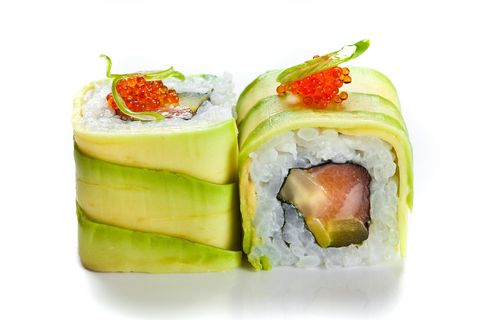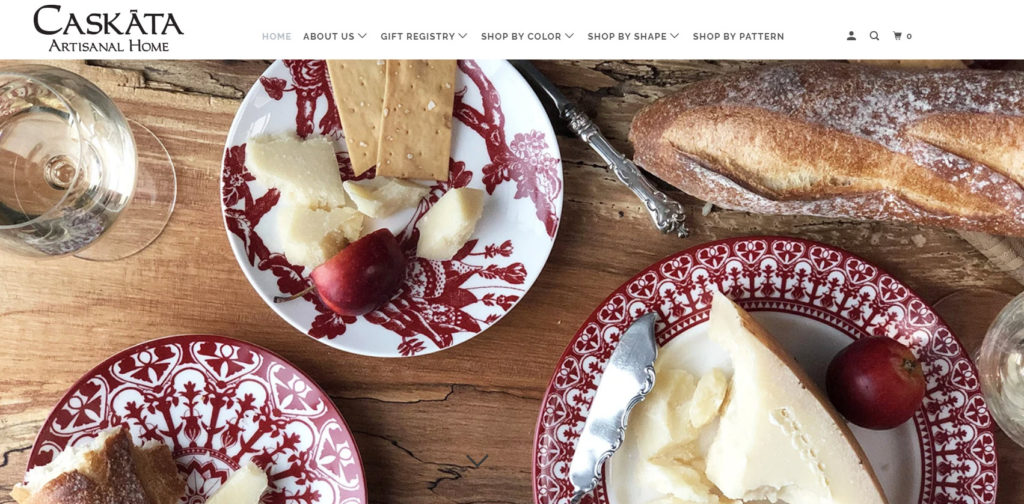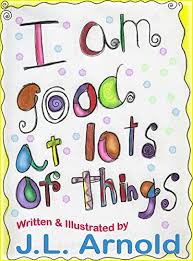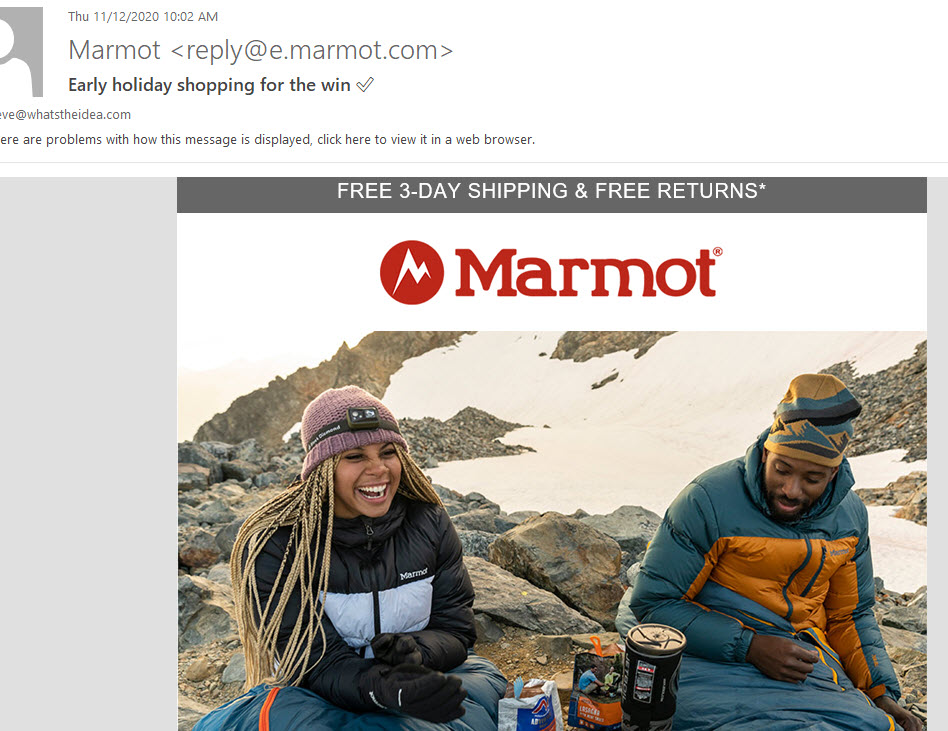Brand Strategy and the Building Blocks of Brand Life.
 “Campaigns come and go. A powerful brand idea is indelible.” was a phrase I used in a pitch to Gentiva Health Services many moons ago. And I still use it today. It’s really a cornerstone of What’s The Idea?, brand consultancy. Ideas, any business person will tell you, are a dime a dozen. That’s why I considered naming the business What’s The Big Idea? It had a bit more attitude. But it was also a bit long for a URL.
“Campaigns come and go. A powerful brand idea is indelible.” was a phrase I used in a pitch to Gentiva Health Services many moons ago. And I still use it today. It’s really a cornerstone of What’s The Idea?, brand consultancy. Ideas, any business person will tell you, are a dime a dozen. That’s why I considered naming the business What’s The Big Idea? It had a bit more attitude. But it was also a bit long for a URL.
Ideas may be a dime a dozen, but a single idea is how you build a brand. The problem is, landing on a single brand idea is not easy. And it’s hard to stick to. Stand for something. Stand for one thing.
The way to build on an idea is to prove it. Prove what you stand for. Each and every day. I suggest doing that through proof planks. Three proof planks. The What’s The Idea? brand strategy framework comprises one claim and three proof planks. One idea, three evidentiary means by which to prove it.
Following this framework you can build campaigns. Acquisition programs. Websites. Press events. Packaging and brand extensions.
Just as amino acids and proteins are the building blocks of life, brand strategy provide the building blocks of brand life.
Peace.









